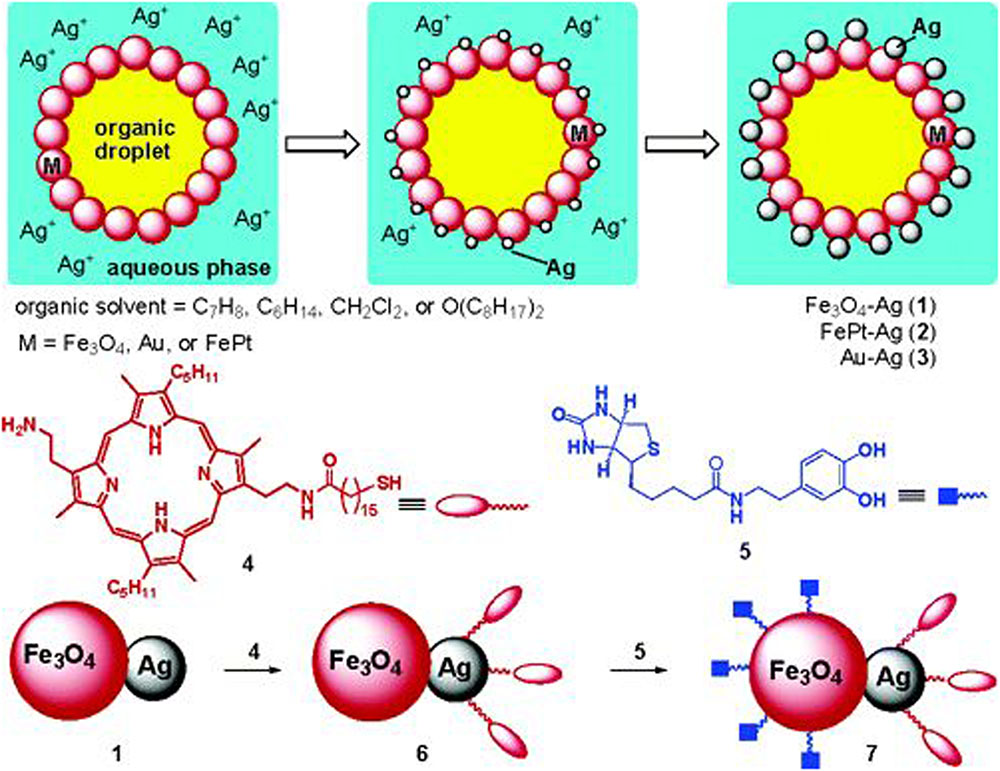

Moreover, the use of synthetic surfactants in cosmetic products may cause adverse effects, e.g., allergies, hemolysis or cytotoxicity, to the final consumer and limit the eco-sustainability profile of cosmetics.

However, in most cases, molecular and polymeric surfactants are not enough to guarantee the long-term stability of cosmetic emulsions and prevent a change in their properties over time. The most common stabilizers of cosmetic emulsions are conventional surfactants, e.g., tween 80, span 80, sodium laureth sulfate (SLES), sodium lauryl sulfate (SLS), sodium dodecyl sulfate (SDS), cocamidopropyl betaine (CAPB) or polyethyleneglycol ethers. The latter can contribute to improving the functionality or the sensorial feeling associated with the use of the formulation, provide fragrance, or simply enhance the quality of the final product (e.g., increase their stability or modify their viscosity and texture). Ĭosmetic emulsions are commonly very complex polydisperse multicomponent mixtures, consisting on the combination of the two liquids (water/hydrophilic base liquid and oil/hydrophobic base one), more than one active surface molecule (stabilizers), and several additives.
#Pickering emulsion skin
Despite the multiple difficulties associated with emulsion preparation, these systems are versatile tools for the cosmetic industry, finding extensive exploitation in the production of cosmetics for different purposes, e.g., sebum control, encapsulation, color cosmetics, skin whitening or UV protection. However, it must be considered that the preparation of kinetically stable emulsions is a very difficult task due to the complexity of their interfacial and rheological behavior. This enhances the kinetic stability of emulsions, minimizing the destabilization events. The most common approach exploited for stabilizing emulsions is the use of surfactants or amphiphilic polymers, which contribute to the reduction in the interfacial tension between the two fluids by forming a molecular layer around the liquid droplets. This leads to emulsion destabilization through different processes, e.g., flocculation, creaming, coagulation, coalescence, phase inversion, and Ostwald ripening, although they can be kinetically arrested for long periods of time. However, the high surface energy of the interface between the two immiscible liquids results in thermodynamic instability. This review tries to provide an updated perspective that can help the cosmetic industry in the exploitation of Pickering emulsions as a tool for designing new cosmetic products, especially creams for topical applications.Įmulsions are colloidal dispersions formed by two immiscible liquids, where one of them is dispersed as droplets (dispersed phase) into the second one (continuous phase). This makes further efforts to optimize the fabrication procedures of Pickering emulsions, as well as the development of their applicability in the fabrication of different cosmetic formulations, necessary. Therefore, particle-stabilized emulsions (Pickering emulsions) present many advantages with respect to conventional ones, and hence, their commercialization may open new avenues for cosmetic formulators. These allow minimizing the hazards and risks associated with the use of conventional molecular stabilizers, providing enhanced stability to the obtained dispersions. The manufacturing of stable emulsion is a very important challenge for the cosmetic industry, which has motivated intense research activity for replacing conventional molecular stabilizers with colloidal particles.


 0 kommentar(er)
0 kommentar(er)
